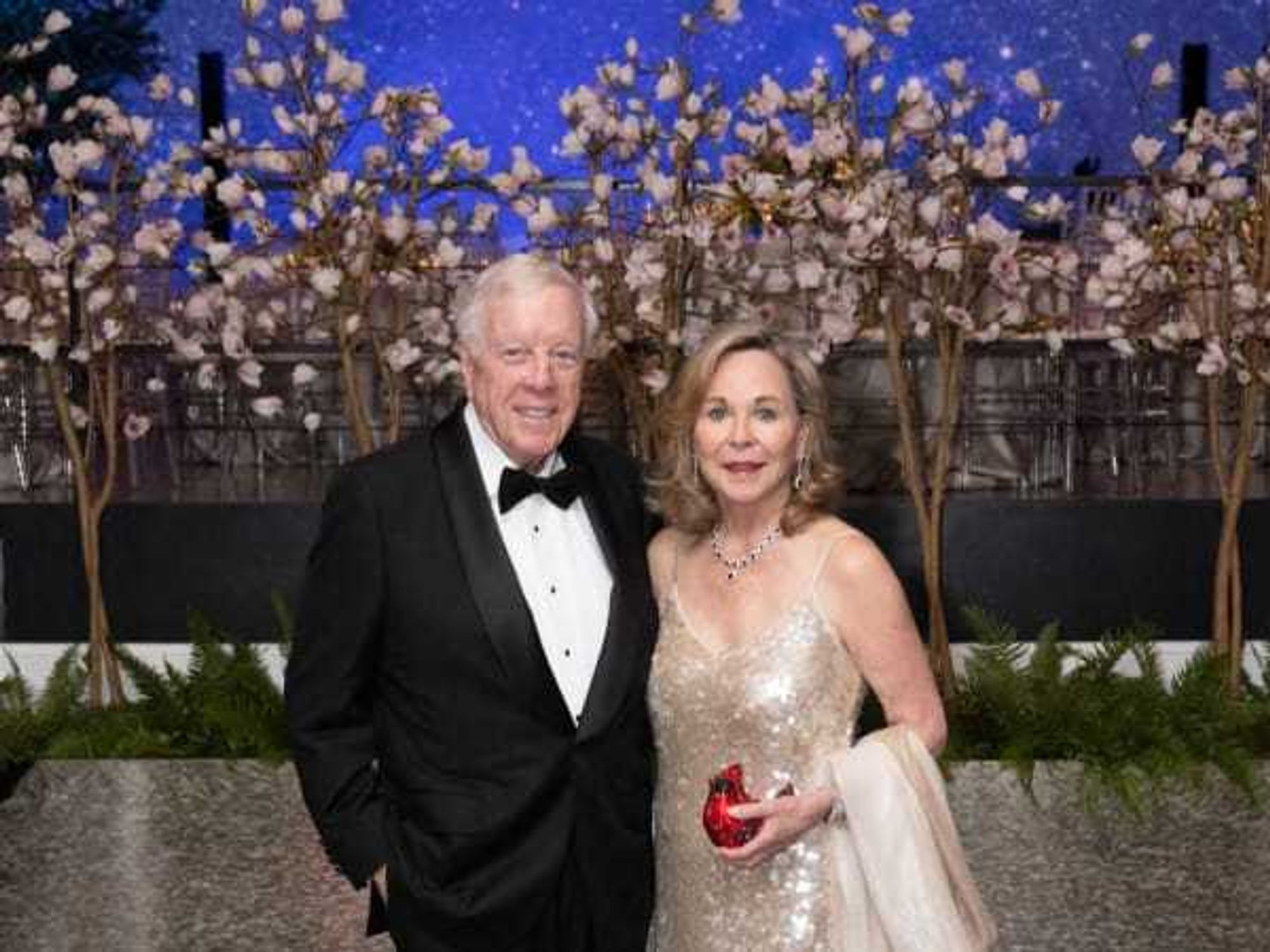To Debut In May
A natural gas high: Free downtown trolley buses will keep Houston's Eco futurerolling
 Unlike the vintage trolley buses of yore, the new downtown buses will run onnatural gas. Official graphics will be released in the near future.
Unlike the vintage trolley buses of yore, the new downtown buses will run onnatural gas. Official graphics will be released in the near future. This spring, GreenLink will operate seven natural gas-powered buses on a circuitfrom City Hall to the George R. Brown Convention Center, making around 20 stops.
This spring, GreenLink will operate seven natural gas-powered buses on a circuitfrom City Hall to the George R. Brown Convention Center, making around 20 stops.
After half a decade, a free downtown shuttle service rides again . . . this time, on natural gas.
With a combination of federal grants and private support from British oil and gas giant BG Group, Houston Downtown Management District will launch a free downtown trolley service this May.
The upcoming GREENLINK will operate seven natural gas-powered buses on a circuit from City Hall to the George R. Brown Convention Center, making around 20 yet-to-be-determined stops to link conventioneers and workers in southwest downtown to a broad array of restaurants and stores. Buses will run Monday through Friday, 6:30 a.m. to 6:30 p.m. every seven minutes during peak hours (every 20 minutes off-peak).
Until the mid-2000s, the transit authority ran a free trolley systems with almost 30 vintage trolley buses serving nearly 10,000 passengers at its peak.
Until the mid-2000s, the Metropolitan Transit Authority of Harris County ran a free trolley systems with almost 30 vintage trolley buses serving nearly 10,000 passengers at its peak. A 50-cent fare was enacted in 2004, putting a considerable dent in ridership that eventually ended the service a year later.
“We welcome any new downtown mobility options,” Jerome Gray, senior press officer for METRO tells CultureMap. “We have regular talks with the Downtown Management District, working with the group since they first started the process.”
The GREENLINK will help downtown passengers connect to both METRO’s commuter buses light rail service — including not only the existing red line, but the future green and purple lines as well. The buses themselves, measuring only 30 feet in length, are designed for quick on-off stops to keep downtown traffic flowing.
Although compressed natural gas (CNG) is certainly still a fossil fuel burning system, the introduction of greener options is very much in line with environmental strides made by both the METRO and City Hall, which announced it is adding 50 electric car power stations throughout Houston last month.
“Right now we run 438 hybrid buses of our fleet of 1250,” Gray says. “That’s about 35 percent of all out buses, the rest of which are clean-powered diesel vehicles. We’re also working with Austin’s Capital Metro and the Texas Transportation Institute on a study of CNG options. The results should be released this fall.”
“CNG vehicles certainly have benefits in terms of air quality, especially when it comes to large vehicles like buses that use so much energy,” says Luke Metzger, director of the Austin-based environmental advocacy group, Environment Texas.
“In terms of smaller passenger vehicles, however, electric is the better option,” he continues. “A widespread electrical grid is in place throughout the country, so electric vehicle usage doesn’t require a new powering infrastructure.”
Bob Eury, executive director of the Downtown Management District, says the free bus service project started right after METRO ended its downtown trolley service. After years of organizing funds, the buses were purchased this past spring.
“With bi-partisan support from Representative Sheila Jackson Lee and Senator John Cornyn, we we’re able to secure over $2 million in federal funds, primarily from clean fuel grants,” says Eury, noting that the remaining funds — including yearly operating costs — will come from the Downtown Management District, the BG group, and the Houston First corporation, which operates the George R. Brown.
“As METRO explores future options for cleaner fuel, our GREENLINK buses will serve as a test case in many ways,” Eury says.
